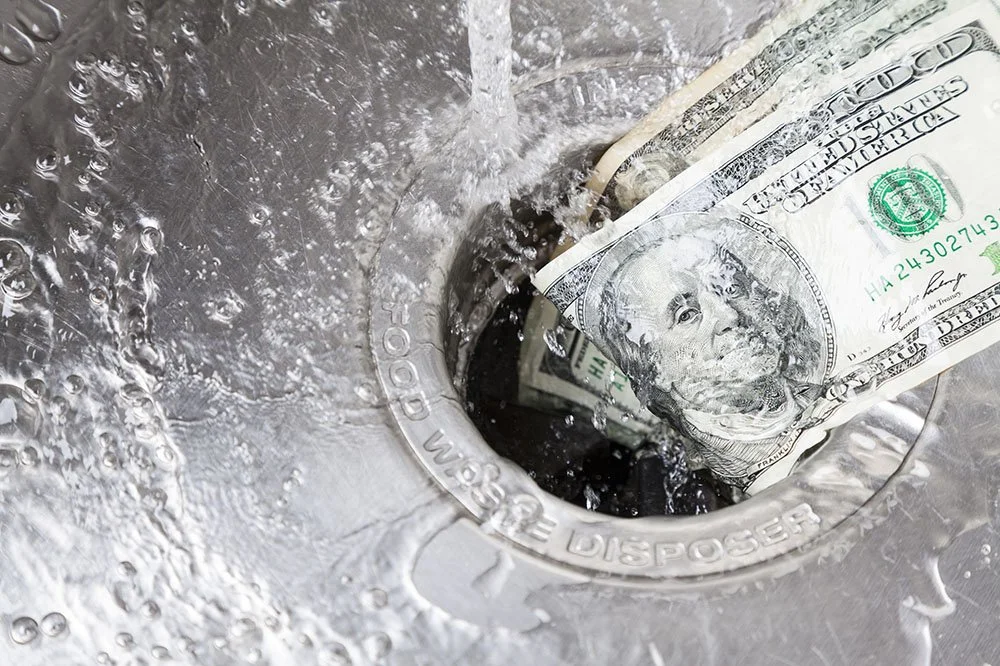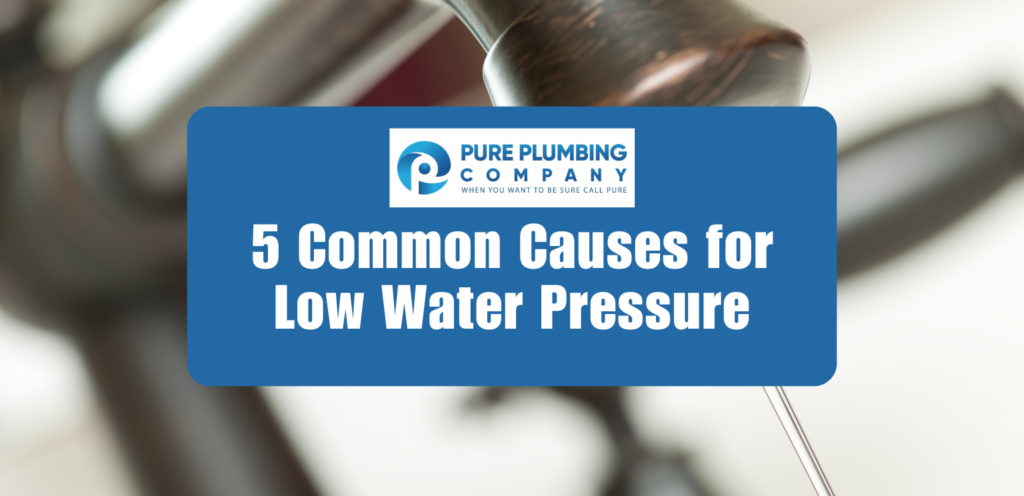Gas lines are a vital component of every home, providing energy for cooking, heating, and more. Yet, the unseen nature of gas lines makes routine inspection crucial for the safety of homeowners.
If you want to know how to keep your home’s gas line in good condition, you have reached the right place. In this post, we will delve into the importance of gas line inspection, the typical duration of an inspection, and the signs that indicate it’s time for a gas line repair and installation.
Why is gas line inspection important?
Preventing Gas Leaks:
The primary reason for residential gas line inspection is to detect and prevent gas leaks. Even small leaks can lead to a buildup of natural gas in confined spaces, posing a serious threat of fire or explosion. Regular inspections help identify potential issues before they escalate.
Ensuring Appliance Efficiency:
Gas-powered appliances, such as stoves, water heaters, and furnaces, rely on a steady supply of gas. Inspections ensure that gas lines are delivering the appropriate amount of gas to each appliance, promoting their efficient and safe operation.
Compliance with Regulations:
Local building codes often require periodic gas line inspections to ensure compliance with safety standards. Following these regulations not only protects your home and loved ones but also avoids potential legal ramifications.
Early Detection of Corrosion and Wear:
Gas lines are susceptible to corrosion and wear over time. Inspections allow for the early detection of these issues, preventing leaks and enhancing the overall longevity of the gas line system.
Safeguarding Health:
Gas leaks can release carbon monoxide, a colorless and odorless gas that poses severe health risks. Regular inspections help identify and address potential leaks, protecting the health and well-being of your household.
How long does a typical gas line inspection take?
The duration of a professional gas line evaluation can vary based on several factors, including the size of the property, the complexity of the gas line system, and the thoroughness of the examination. On average, a standard residential gas line inspection may take anywhere from one to two hours. Here’s a breakdown of the inspection process:
Visual Inspection:
The inspector will start with a visual examination of the gas lines, looking for visible signs of wear, corrosion, or damage. This initial assessment helps determine the overall condition of the system.
Pressure Testing:
A pressure test is often conducted to assess the integrity of the gas line. This involves temporarily sealing off the system and pressurizing it to check for any drop in pressure, which could indicate a leak.
Appliance Inspection:
Gas-powered appliances connected to the gas line are inspected for proper installation and operation. This includes checking for leaks around connections, ensuring proper ventilation, and verifying the functionality of safety features.
Documentation and Recommendations:
Inspectors at our gas line repair service near San Marcos, CA, will document their findings and may provide recommendations for any necessary repairs or improvements. This documentation serves as a reference for future inspections and maintenance.
It’s important to note that the duration of the inspection may increase if repairs or replacements are needed. Additionally, commercial properties or larger homes with extensive gas line systems may require more time for a thorough examination.
What signs indicate that I need a gas line safety inspection?
Unusual Odors:
Natural gas is odorless, but utility companies add a distinctive odorant to help detect leaks. If you notice an unusual, sulfur-like smell around gas appliances or the gas line, it’s a clear indicator of a potential leak.
Hissing Sounds:
A hissing sound near the gas line or gas appliances can signify a leak. If you hear such sounds, it’s essential to act promptly and seek professional assistance.
Increased Gas Bills:
A sudden and unexplained increase in your gas bills could indicate a leak, as gas may be escaping the system without being utilized by your appliances.
Dead Plants or Unexplained Health Issues:
Leaks in gas lines can affect plants in the vicinity. If you notice dead or unhealthy vegetation near the gas line, it may be a sign of a leak. Similarly, unexplained health issues in household members, such as headaches or dizziness, could be linked to gas exposure.
Visible Damage or Corrosion:
Inspect the visible sections of the gas line for any signs of damage, corrosion, or rust. External damage may indicate internal issues, and addressing them promptly can prevent further deterioration.
Pilot Light Issues:
If the pilot light on your gas appliances frequently goes out or has an irregular flame, it may indicate a problem with the gas supply. This warrants a thorough inspection to identify and address the underlying issue.
Age of the Gas Line:
As with any system, gas lines have a lifespan. If your gas lines are older and haven’t been inspected in a while, it’s advisable to schedule an inspection to ensure they are in good condition.
In a nutshell
Regular gas line inspections are imperative for the safety and well-being of homeowners. Detecting and addressing potential issues early can prevent gas leaks, ensure the efficient operation of appliances, and safeguard your home from potential hazards. If you observe any signs of a gas leak or if it’s been a while since your last inspection, don’t hesitate to contact a qualified residential gas line installation service like us to assess and address your gas line needs.












